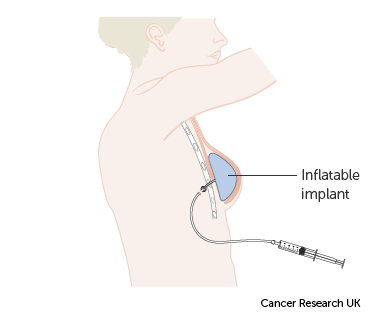
Aimovig and Botox are both approved for use in chronic migraine headaches. This article will describe the use of these medicines and how to prevent side effects. Botox has also been recommended by the American Academy of Neurology. Botox and Vioxx are both recommended for treating migraine headaches together. They can also cause severe side effects.
Side effects of Aimovig
Botox and Aimovig are not comparable in clinical trials. Both medications have proven effective for chronic migraine headaches. After three months, 40% patients with chronic migraine had fewer headache days. Botox reduced headache days in 24 weeks by an average of 9.2 days a month compared with nonusers. Both medications are brand-named, but neither is generic.
Aimovig side effects are generally minor. However, botosx may cause serious side effects. While serious side effects are rare, it's important to contact your doctor immediately if you experience any of these side effects. Aimovig can lead to an increase in blood pressure if your blood pressure is high. If this occurs, your doctor may recommend another medication or an alternative treatment.

Botox Side Effects
You might be curious about what to expect during an injection of aimovig. Botox is an injection given in the doctor's chair once every 12 weeks. It consists of 31 small injections. While Aimovig and Botox work in different ways, they both have similar side effects. Botox injections may help prevent migraines.
Botox injections can cause few side effects, but there are real risks of muscle weakness, eyelid swelling, and neck pain. These side effects are usually temporary and resolve within a few weeks. However, they can adversely affect the patient's ability to comply with the procedure. Botox treatment requires that you receive injections approximately every 12 weeks. The injections may be painful and will require a cold compress to last for several days.
Side effects of CGRP mAbs
While there were some side effects reported from CGRP inhibitors in clinical trials, they weren't widespread. Many patients were also affected by other inflammatory comorbidities. Some even experienced an unexpected aggravation of an already existing disease. Some patients were considered 'at risk', but this remains uncertain. Due to a lack of information regarding drug-drug interactions, CGRP inhibitors and other inflammatory comorbidities have led to a cautious approach. To ensure the safety of CGRP inhibitors, physicians must be aware of these risk groups. Patients registries are necessary to identify those at-risk.
CGRP Abs can cause severe flares of arthritic or psoriasis. Both psoriasis, and psoriatic disease are characterised by distinct phases. The initiating phase is when keratinocytes release antimicrobial peptides which stimulate plasmacytoid and dendritic cell growth. These stimulate myeloid dendritic cells to mature and differentiate into TH1 and TH17 cells. Activated myeloid cells promote inflammation by moving to lymph nodes.

Combination therapy has side effects
Aimovig and Botox are prescription drugs used to treat migraine headaches. Aimovig can be administered intramuscularly once every 12 months. Both medications can have similar side-effects. Both medications can cause serious side reactions when combined. You should talk to your doctor if you are interested in using one of these drugs. Before you decide to try any of these treatments, be aware of the risks.
Botox is an FDA-approved treatment for chronic migraines in adults. It requires at least 31 injections. They are repeated every three months. The treatment is safe and has few side effects. However, it can temporarily weaken muscles and decrease patient compliance. Also, it affects the release of neurotransmitters like CGRP. Combine botox and it could lead to muscle weakness.